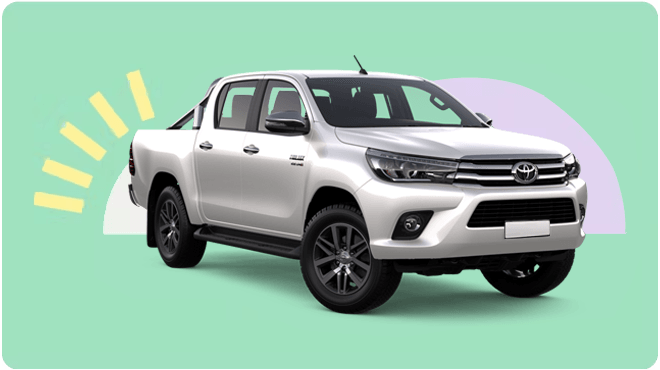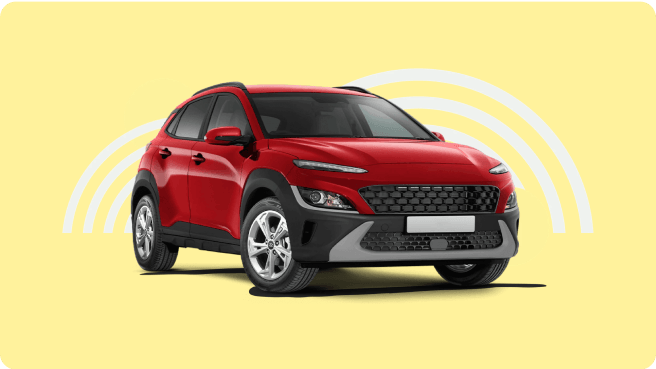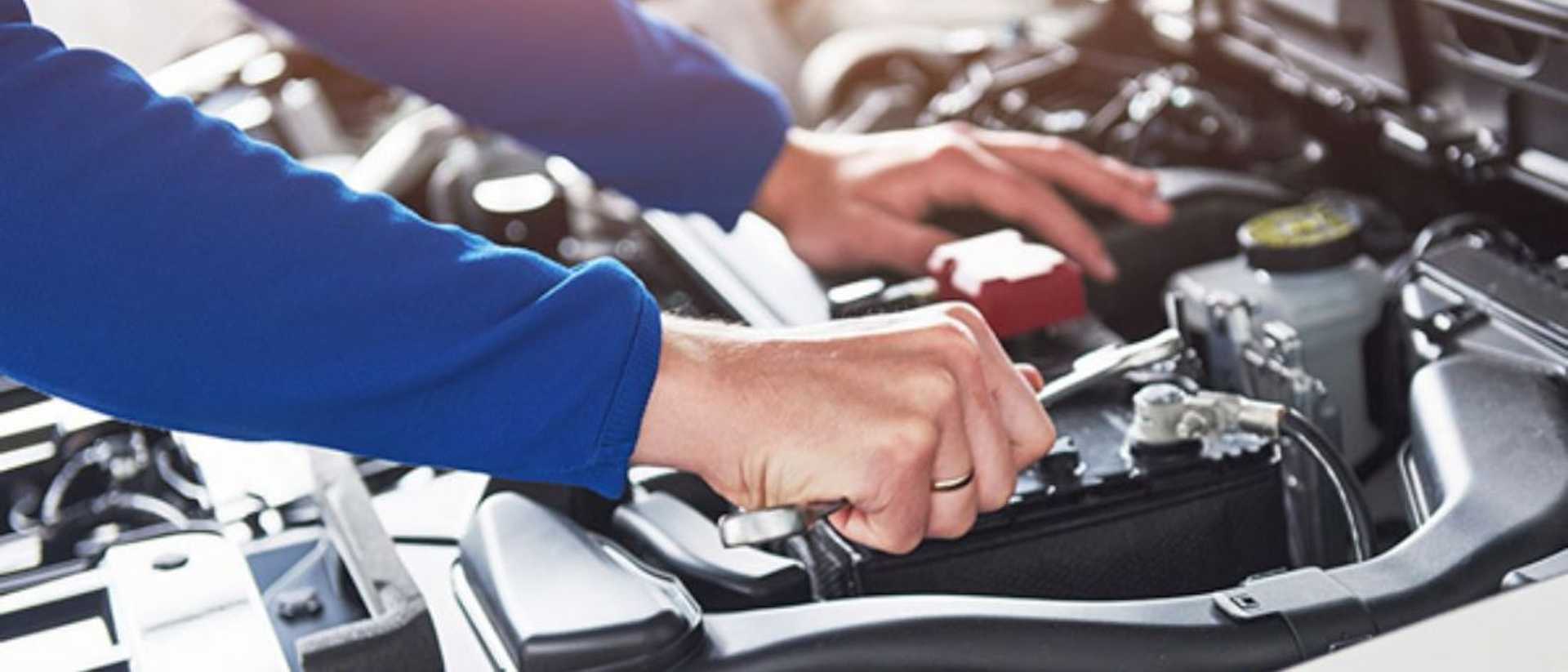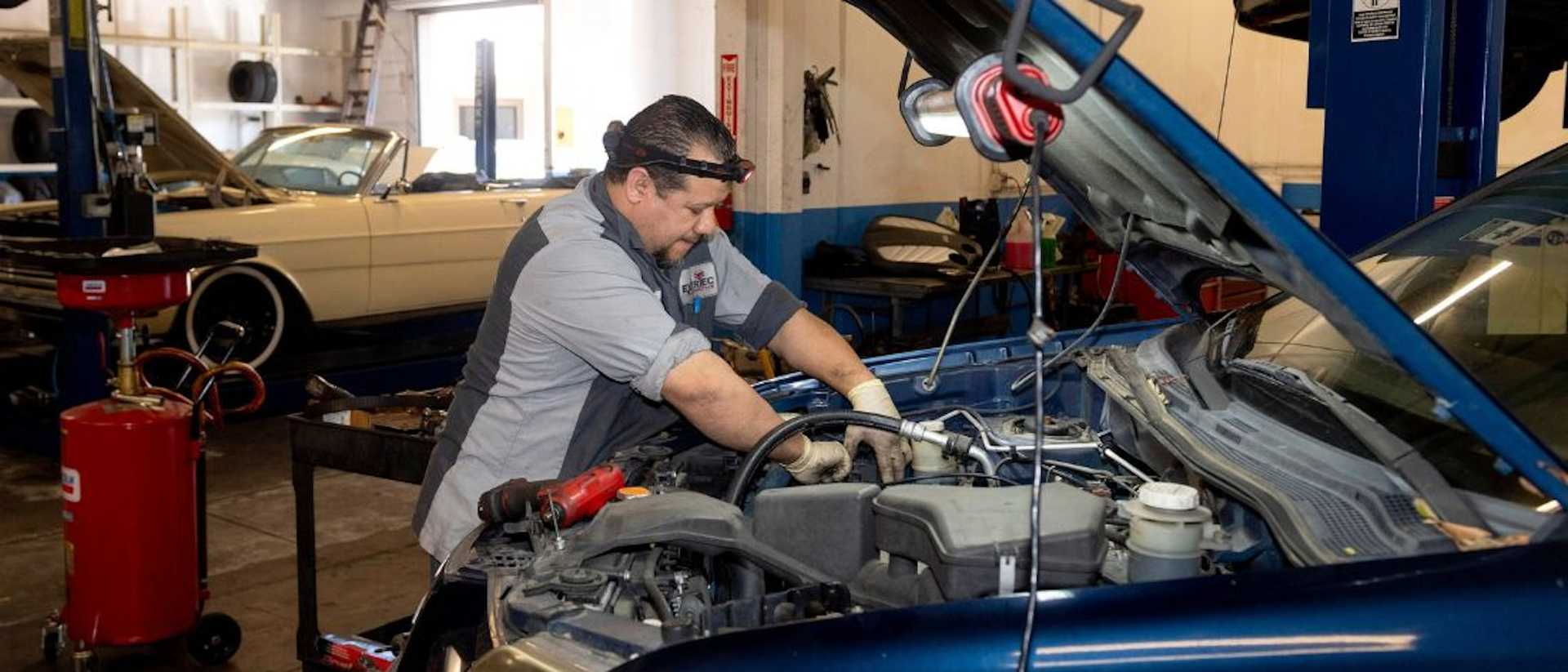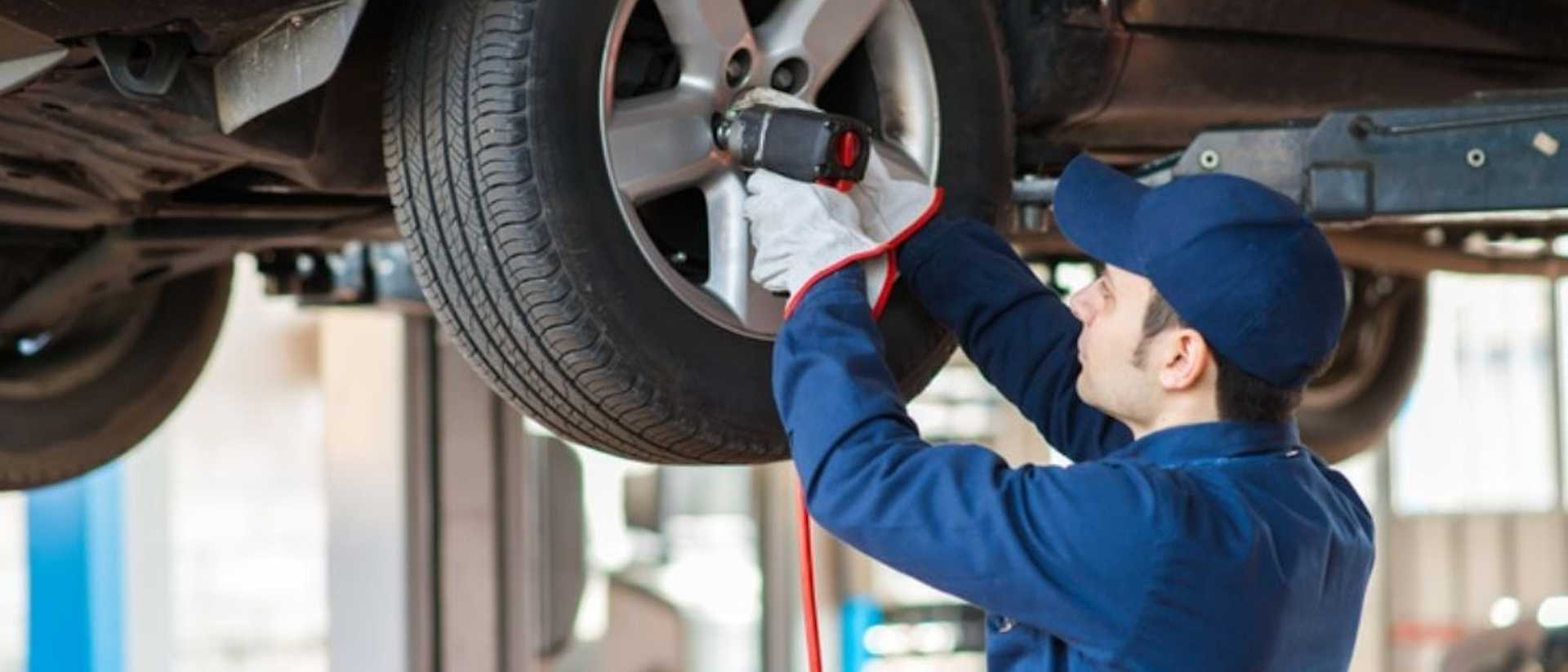10 Essential Motorcycle Maintenance Tips for a Smooth Ride
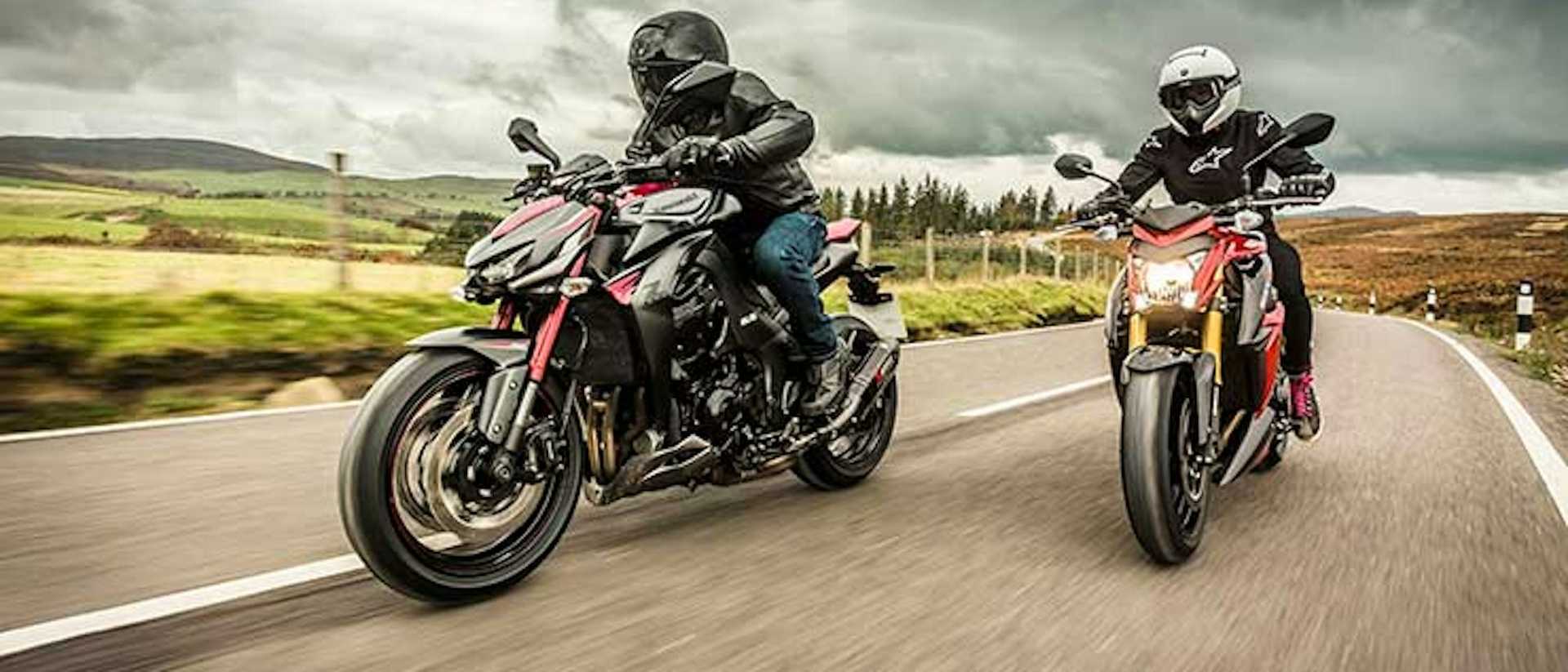
Motorcycle maintenance is essential for safety and financial reasons. Regular maintenance ensures a smooth and safe ride while preventing expensive repairs and prolonging the life of your motorcycle. As a finance professional, it's important to understand the financial impact of motorcycle maintenance on your budget. In this blog, we will discuss ten essential motorcycle maintenance tips for a smooth ride that can save you money in the long run. These tips cover everything from tyre maintenance to cleaning and detailing and will help you keep your motorcycle in top condition.
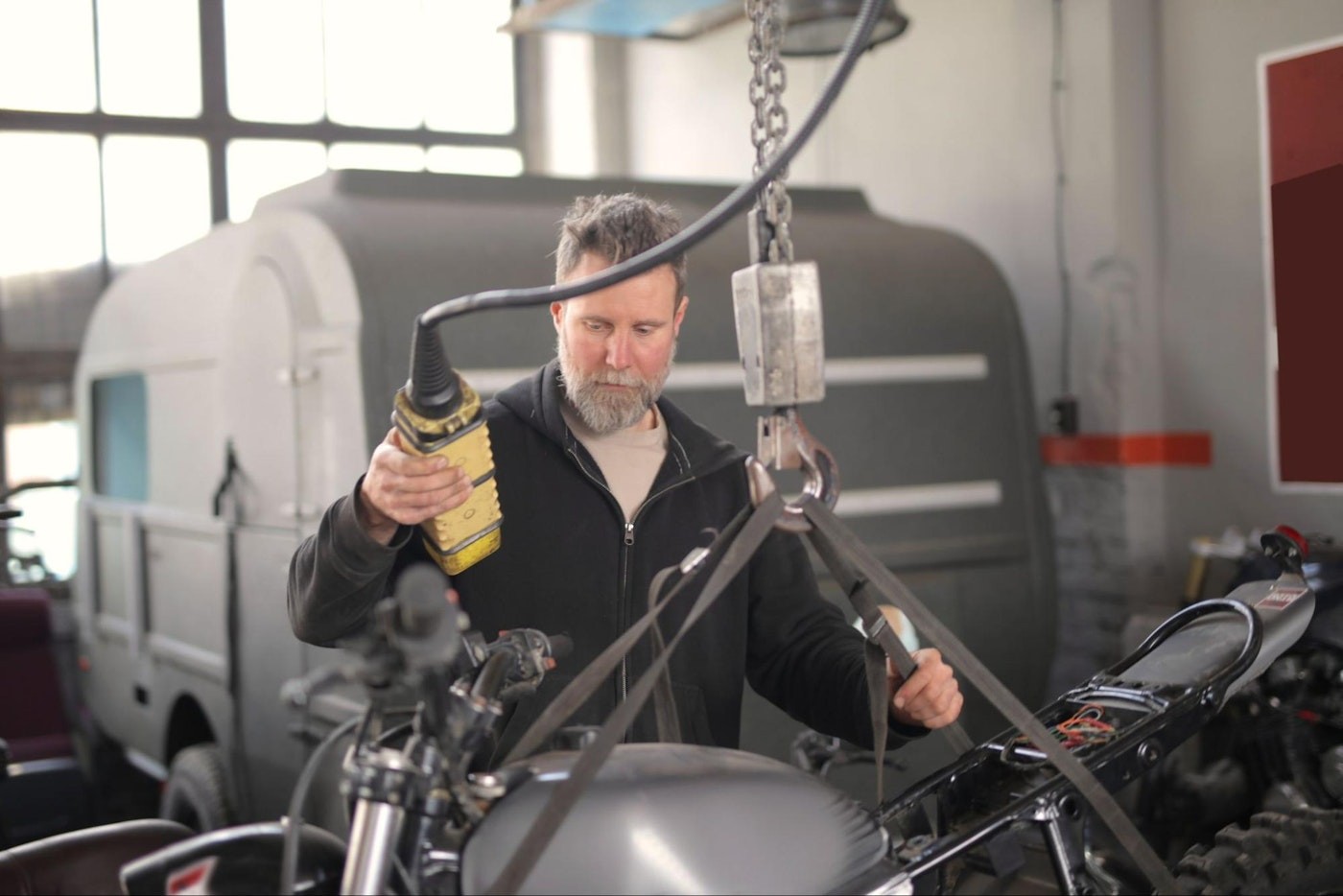
Tyre maintenance
Tyre maintenance is critical for safe and efficient riding. Proper tyre pressure and condition are essential for good handling and stability, which can prevent accidents and costly repairs. Low tyre pressure can lead to premature wear, decreased fuel efficiency, and reduced handling, while overinflated tyres can make the ride harsh and uncomfortable.
To maintain your tyres, you should regularly check the tyre pressure using a tyre gauge and adjust it to the recommended pressure level. The recommended pressure levels can be found in the motorcycle owner's manual or on a sticker on the motorcycle. It's essential to check tyre pressure when the tyres are cold, as hot tyres can give a false reading. You should check tyre pressure at least once a week or before every ride.
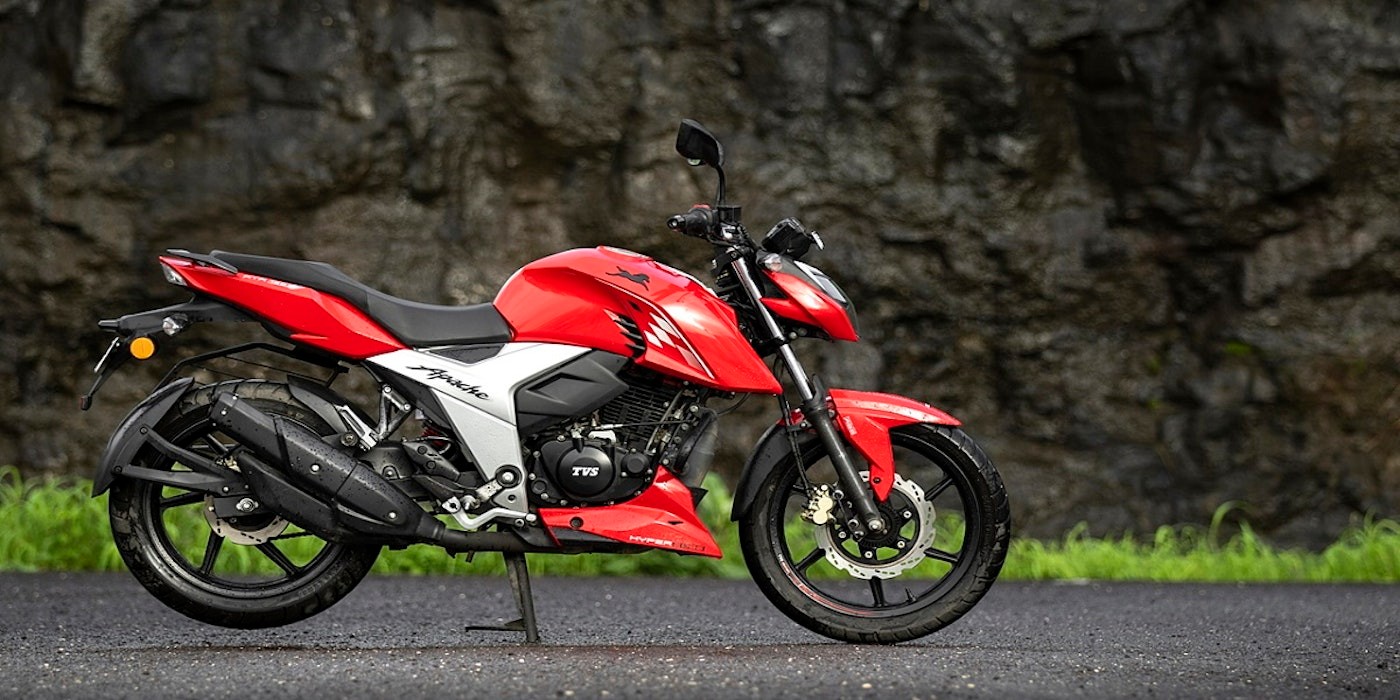
Oil and filter change
Regular oil and filter changes are essential for maintaining the health of your motorcycle's engine. Oil is responsible for lubricating the engine's moving parts, reducing friction and wear, and preventing overheating. Over time, oil breaks down and becomes contaminated with dirt and debris, which can cause damage to the engine. Changing the oil and filter regularly can prevent these problems and ensure that the engine runs smoothly.
The frequency of oil and filter changes varies depending on the type of motorcycle, the type of oil used, and the riding conditions. Generally, it's recommended to change the oil and filter every 3,000 to 5,000 miles or every six months, whichever comes first. However, it's important to refer to the owner's manual for the manufacturer's specific recommendations.
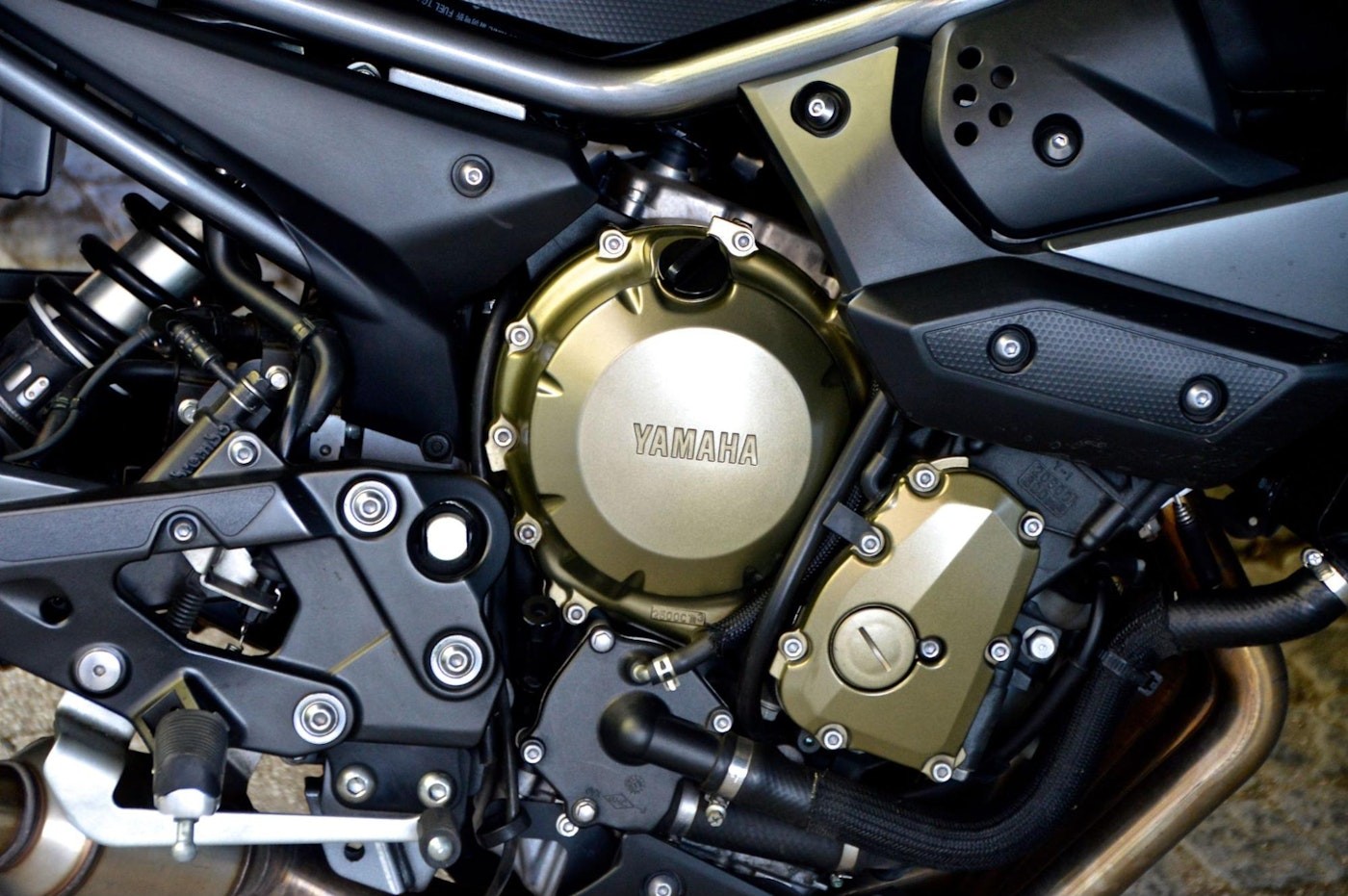
Chain maintenance
Chain maintenance is essential for ensuring that the motorcycle's chain system operates smoothly and efficiently. The chain is responsible for transferring power from the engine to the rear wheel, making it an essential component of the motorcycle. Neglecting chain maintenance can lead to premature wear, decreased power transfer, and costly repairs.
To maintain the chain, it's important to keep it clean and lubricated. Dirt and debris can accumulate on the chain, leading to increased friction and wear. Regularly cleaning the chain with a chain cleaner and a brush can prevent these problems. After cleaning the chain, it's important to lubricate it with a chain lubricant to reduce friction and prevent rust.
The frequency of chain cleaning and lubrication depends on the riding conditions. For example, if you ride in dusty or wet conditions, you may need to clean and lubricate the chain more frequently. Generally, it's recommended to clean and lubricate the chain every 500 to 1000 miles.
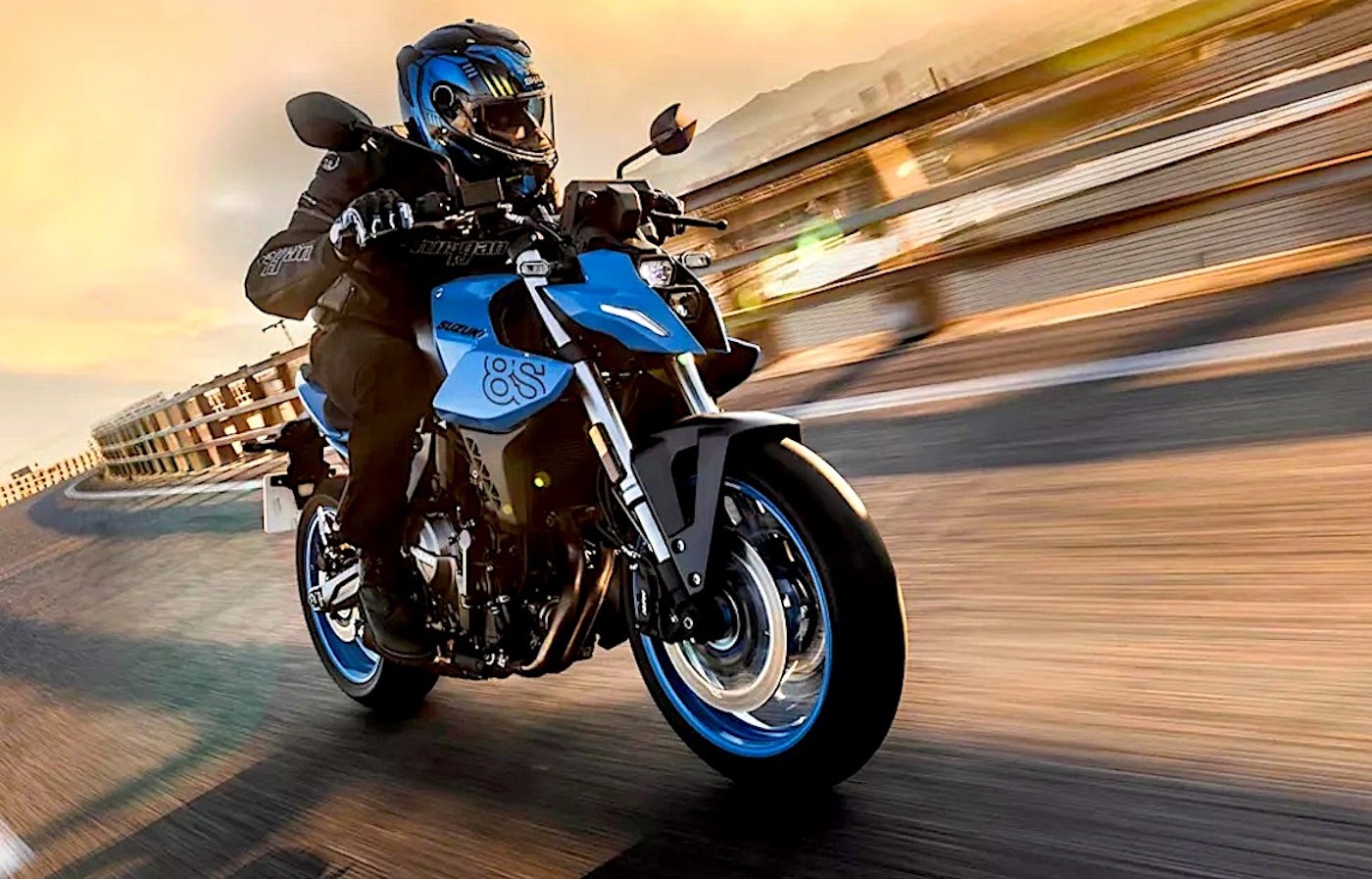
Brake maintenance
Brake maintenance is crucial for ensuring the safety of the rider and others on the road. Properly functioning brakes are essential for stopping the motorcycle quickly and safely. Neglecting brake maintenance can lead to reduced braking performance, increased stopping distance, and even accidents.
To maintain the brakes, it's important to regularly check the brake pads and rotors for wear. Worn brake pads can decrease stopping power and cause damage to the rotors. If the brake pads are worn, they should be replaced immediately. The owner's manual will specify the recommended interval for brake pad replacement.
Electrical system and lighting
The electrical system and lighting are essential components of the motorcycle. The electrical system is responsible for powering the motorcycle's various electrical components, including the lights, indicators, and ignition system. Proper maintenance of the electrical system and lighting can prevent electrical failures and ensure that the motorcycle is visible and safe on the road.
To maintain the electrical system and lighting, it's important to regularly check the battery and charging system. The battery should be checked for its voltage level and electrolyte level, and charged if necessary. If the battery is old or weak, it should be replaced to prevent electrical failures.
In addition to the battery, the alternator or generator should be checked for proper charging output. If the charging system is not working correctly, the battery can become discharged, and the electrical system may not function correctly.
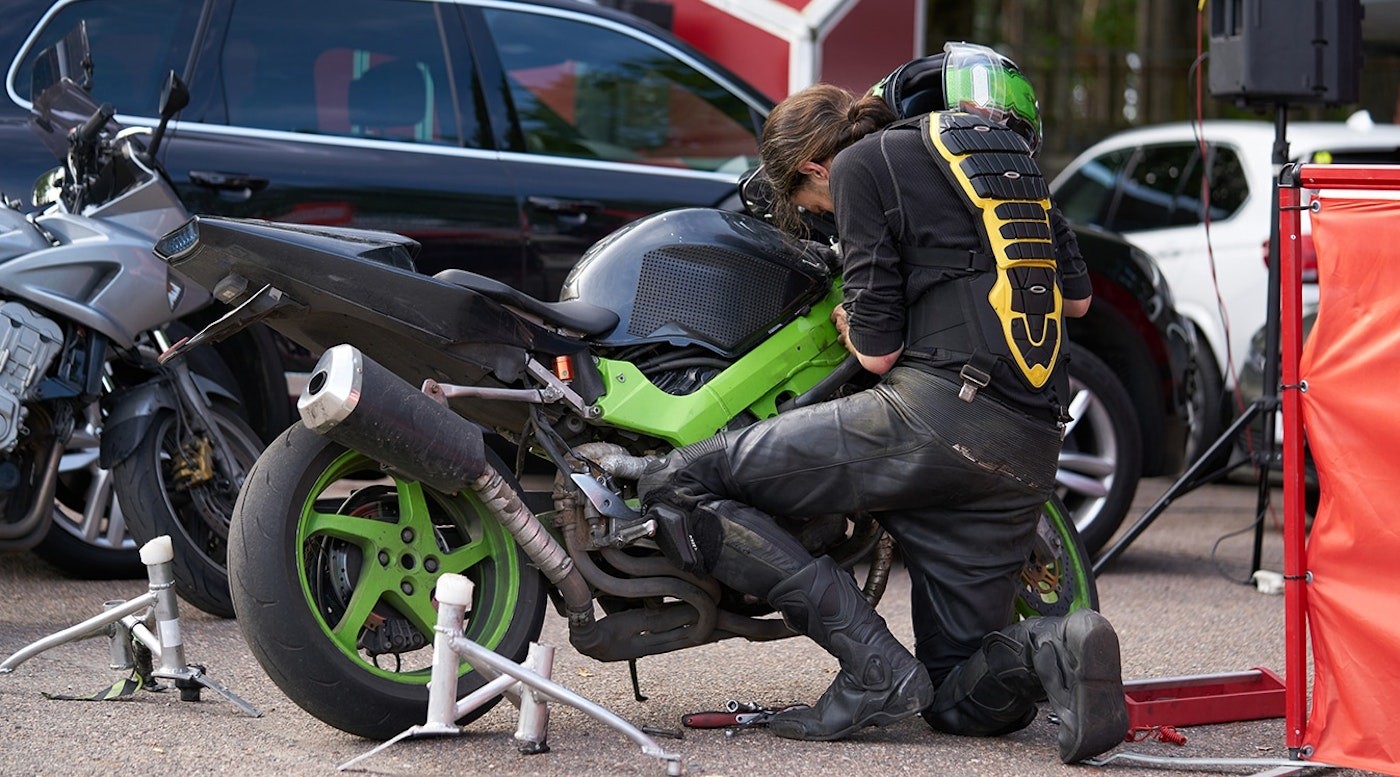
Air filter maintenance
Air filter maintenance is crucial for ensuring the optimal performance of the motorcycle's engine. The air filter prevents dirt, debris, and other contaminants from entering the engine and causing damage. Neglecting air filter maintenance can lead to reduced engine performance, increased fuel consumption, and even engine damage.
To maintain the air filter, it's important to regularly inspect and clean it. The frequency of cleaning depends on the riding conditions and the environment in which the motorcycle is operated. If the motorcycle is ridden in dusty or dirty conditions, the air filter should be checked and cleaned more frequently.
To inspect the air filter, remove the air filter cover and inspect the filter for dirt, debris, and other contaminants. If the filter is dirty, it should be cleaned or replaced. If the filter is clean and in good condition, it can be reinstalled.
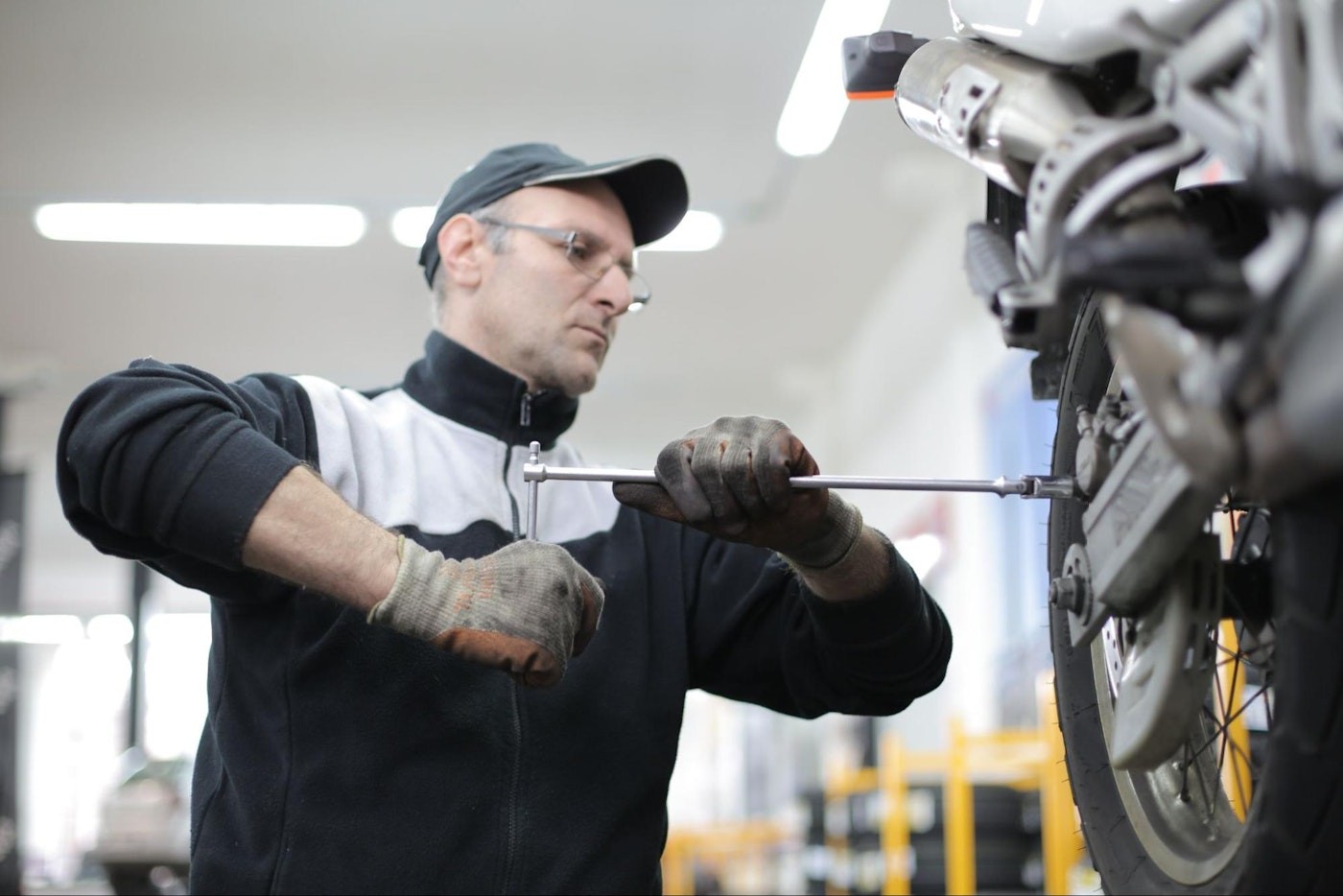
Tightening bolts and fasteners
Tightening bolts and fasteners is a critical aspect of motorcycle maintenance. Over time, vibrations and wear and tear can cause bolts and fasteners to loosen, which can lead to safety hazards or mechanical failures. Regularly checking and tightening bolts and fasteners can prevent these issues and ensure that the motorcycle operates safely and efficiently.
To check for loose bolts and fasteners, it's important to visually inspect the motorcycle's components and listen for any unusual noises while riding. If any components are loose, they should be tightened immediately using the manufacturer's recommended torque specifications.
It's essential to use the correct tools and torque specifications when tightening bolts and fasteners. Over-tightening can cause damage to the threads or the component, while under-tightening can lead to bolts or fasteners becoming loose. It's crucial to follow the manufacturer's recommended torque specifications to ensure that the bolts and fasteners are tightened correctly.
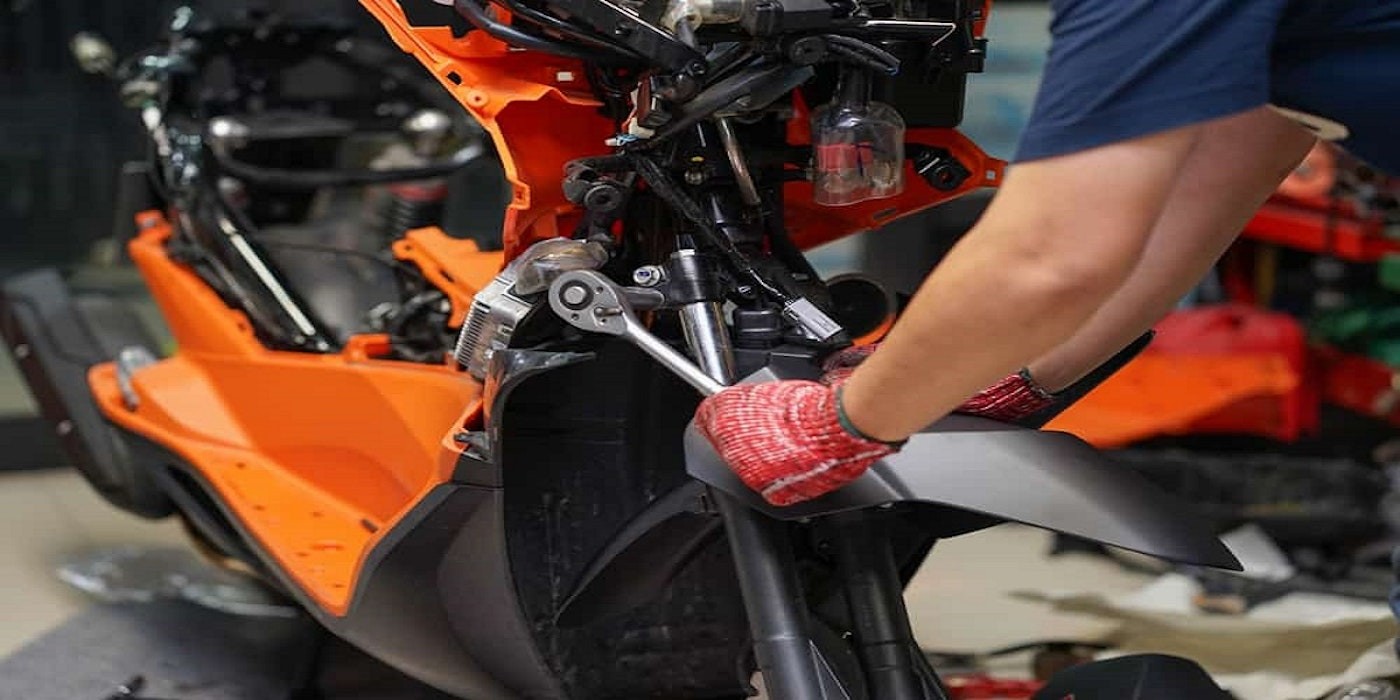
Fluid levels
Checking and maintaining the fluid levels in a motorcycle is critical for ensuring optimal performance and preventing damage to the engine and other components. The primary fluids that need to be checked and maintained are engine oil, coolant, brake fluid, and transmission fluid (if applicable).
Engine oil is one of the most critical fluids in a motorcycle engine. It lubricates the moving parts of the engine and prevents friction and heat build-up. Checking the engine oil level regularly is essential for preventing engine damage and ensuring optimal performance. The owner's manual will specify the recommended interval for checking and changing the engine oil. If the oil level is low, it should be topped up with the manufacturer-recommended oil.
The suspension and steering system are essential components of a motorcycle that affect its handling, stability, and safety. Regular maintenance of these systems can prevent wear and tear, ensure optimal performance, and extend the life of the motorcycle.
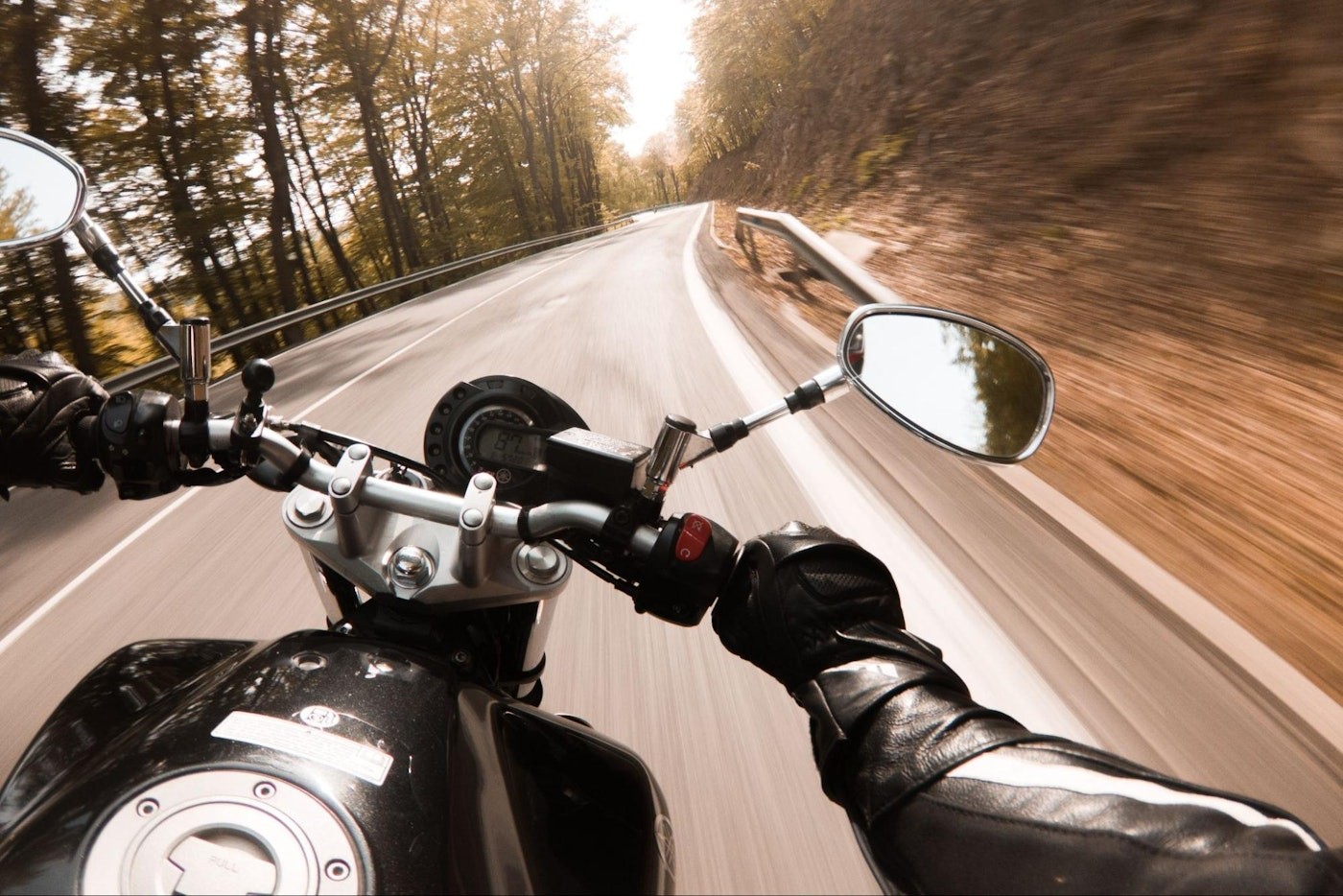
Suspension and steering maintenance
The suspension system consists of the front and rear shocks or forks, springs, and linkages that absorb shock from the road and provide a smooth ride. The owner's manual will specify the recommended interval for checking and maintaining the suspension system. It's essential to visually inspect the suspension components for any signs of wear or damage, such as leaks or broken components. If any components are damaged, they should be replaced immediately. The suspension system should also be lubricated regularly with the manufacturer's recommended lubricant. Lubrication prevents friction and wear, ensuring optimal performance and preventing damage to the suspension components.
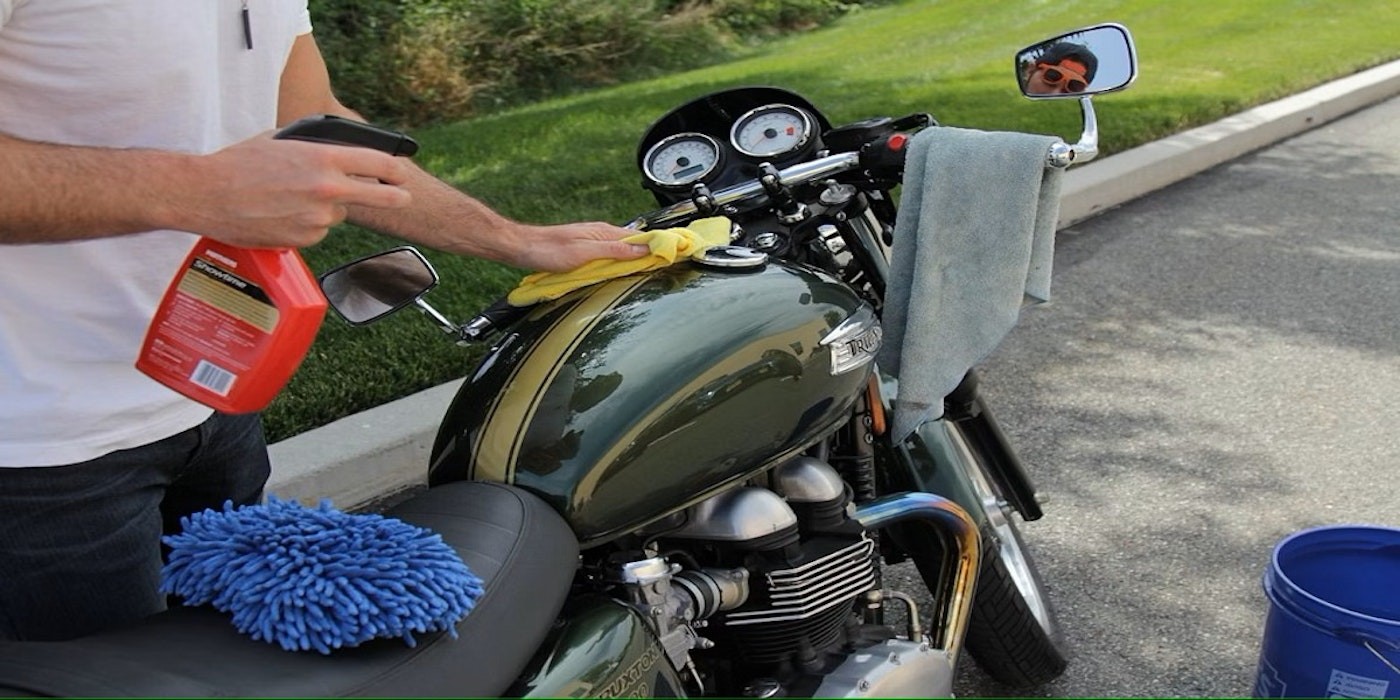
Cleaning and detailing
To clean your motorcycle, start by using a hose or pressure washer to remove any loose dirt and debris from the body and components. Next, use a bucket of warm, soapy water and a soft-bristled brush or sponge to clean the motorcycle thoroughly, making sure to scrub hard-to-reach areas like under the fenders and between the spokes.
After washing, rinse the motorcycle thoroughly with clean water and dry it with a soft, clean cloth or chamois. Be sure to dry all components, including the engine, exhaust, and wheels, to prevent water spots and rust.
Once the motorcycle is dry, apply a coat of wax or polish to protect the paint and metal components. Waxing can help prevent fading and cracking of the paint, as well as protect the metal components from rust and corrosion.
Final Thoughts
Maintaining your motorcycle is essential for ensuring optimal performance, extending its lifespan, and preventing safety hazards. By following these 10 essential maintenance tips from Driva, you can keep your motorcycle running smoothly and safely on the road.
If you're not comfortable performing maintenance tasks yourself, it's always best to have a professional mechanic do it for you. A professional mechanic can identify potential problems that you might not notice, and they can ensure that maintenance tasks are performed correctly and safely.
Moreover, regular maintenance is the key to keeping your motorcycle running smoothly and safely. With these 10 essential maintenance tips, you can enjoy a long, smooth ride on your motorcycle.
If you’re looking to purchase a new motorcycle, Driva’s motorbike finance can help you cover the costs hassle-free. Within minutes, you can get your personalised motorbike loan rates comparing 30+ lenders without any impact on your credit score.
FAQs
How often should I change my motorcycle's oil and filter?
The frequency of oil and filter changes can vary depending on your motorcycle's make and model, as well as your riding habits. As a general guideline, it's recommended to change the oil and filter every 3,000 to 5,000 miles or once a year, whichever comes first.
How often should I check my motorcycle's tyre pressure?
You should check your motorcycle's tyre pressure at least once a week or before each ride, as tyre pressure can fluctuate due to changes in temperature and normal wear and tear.
Can I perform maintenance tasks myself, or should I take my motorcycle to a professional mechanic?
It depends on your level of experience and comfort with performing maintenance tasks. Some tasks, such as checking fluid levels or tightening bolts and fasteners, can be done by most motorcycle owners. However, more complex tasks like brake maintenance or electrical system repairs may require the expertise of a professional mechanic.
What kind of cleaner should I use to clean my motorcycle?
It's recommended to use a cleaner that's specifically designed for motorcycles. Avoid using harsh chemicals or abrasive cleaners, as these can damage the paint and metal components.
Why is it important to maintain my motorcycle?
Maintaining your motorcycle can help prevent wear and tear, extend its lifespan, and ensure that it's safe to ride. Regular maintenance can also help identify potential issues before they become major problems, saving you time and money in the long run.

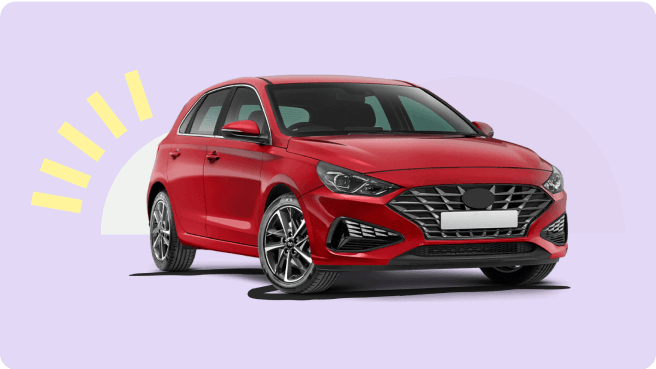
.png)

